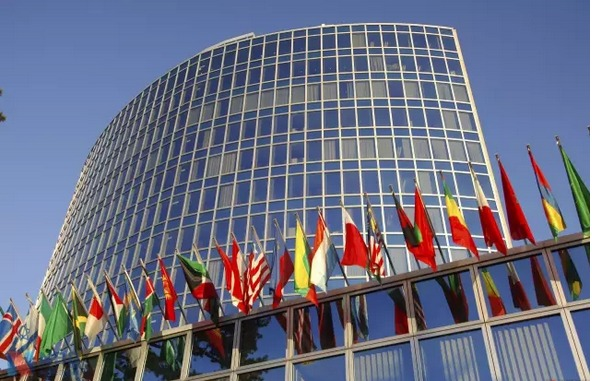
The World Intellectual Property Organization (WIPO) published a 2024 Global Innovation Index (GII) on its website on Thursday. The report shows that China and the United States have more technology clusters in the global top 100 than any other country, with China having the largest number of technology clusters in the global top 100 for the second year in a row. At the same time, the dynamic dynamics of the Global Top 100 science and technology clusters suggest that innovation is growing particularly rapidly in some emerging economies.
GII ranks countries and economies around the world every year, and technology clusters are one of the indicators. This year’s ranking shows Tokyo-yokohama as the world’s largest technology cluster, followed by shenzhen-hong Kong-guangzhou. Beijing rose one place from last year to third, with Shanghai-suzhou in fifth and Nanjing in ninth. San Jose-san Francisco, California, the nation’s leading technology cluster, ranked sixth. Driven by Mitsubishi Motors of Japan and Huawei, the Chinese telecoms giant, the top two technology clusters together account for almost 20 per cent of global patent filings, the report said.
China has the most technology clusters (26) for the second year in a row, up from 24 last year, according to GII. The US is close behind, with 20 tech clusters, eight in Germany and four each in India and South Korea.
Pan He Lin, a member of the information and Communication Economy Experts Committee of the Ministry of Industry and Information Technology, told the Global Times on the 29th that, science and technology cluster usually represents the concentration of innovation activities, scientific and technological talents, R & D investment and other factors in a region, and it is an important symbol to measure the ability of science and technology innovation in a region.
WIPO director-general Deng Hongsen said that STI clusters are an important foundation for national innovation ecosystems, and that these clusters are not only thriving in developed countries, but also emerging economies.
The report found that although the top 10 science and technology clusters have changed little, the pattern of the top 100 science and technology clusters has changed significantly. Technology clusters in middle-income economies have experienced the strongest growth, with output growth fastest in China, led by Hefei (23 per cent) and Zhengzhou (19 per cent) . Hefei-based Changxin Storage Technology Co. , Ltd. has helped drive the Index’s growth, thanks to an increase in patent cooperation treaty applications Zhengzhou’s rapid growth has been driven by the number of published scientific papers, of which the biggest contributor is Zhengzhou University.
For the past two years, China has gained an advantage in the number of science and technology clusters because of various reasons, such as the strong support from the government, the improvement of enterprises’ innovation ability, and the active participation of scientific research institutions, Panhelin said, in particular, the number of technology patents of Chinese enterprises has increased significantly. The WIPO website explains that in preparing GII, staff combed the geographical locations of patent inventors and paper authors and recorded their greatest concentrations to identify the world’s leading concentrations of scientific and technological activity.
Among other middle-income economic clusters, Cairo (Egypt) had the highest growth rate in science and technology output at 11 percent, followed by Chennai (India, 8 percent) and Istanbul (Turkey, 8 percent) , the report said. In addition to China, seven middle-income economies, including Brazil, Egypt, India, Iran, Malaysia and Turkey, have tech clusters in the top 100.
By contrast, the growth of technology clusters in high-income economies has generally been slower than in middle-income economies, with 37 of the 63 high-income economies experiencing negative growth in 2023 output. Most North n and European technology clusters have fallen in the rankings.
Experts interviewed by the Global Times believe that technology clusters demonstrate the potential for innovation, but are not equivalent to leading in scientific and technological innovation, because scientific and technological innovation also includes innovation quality, influence and other aspects.